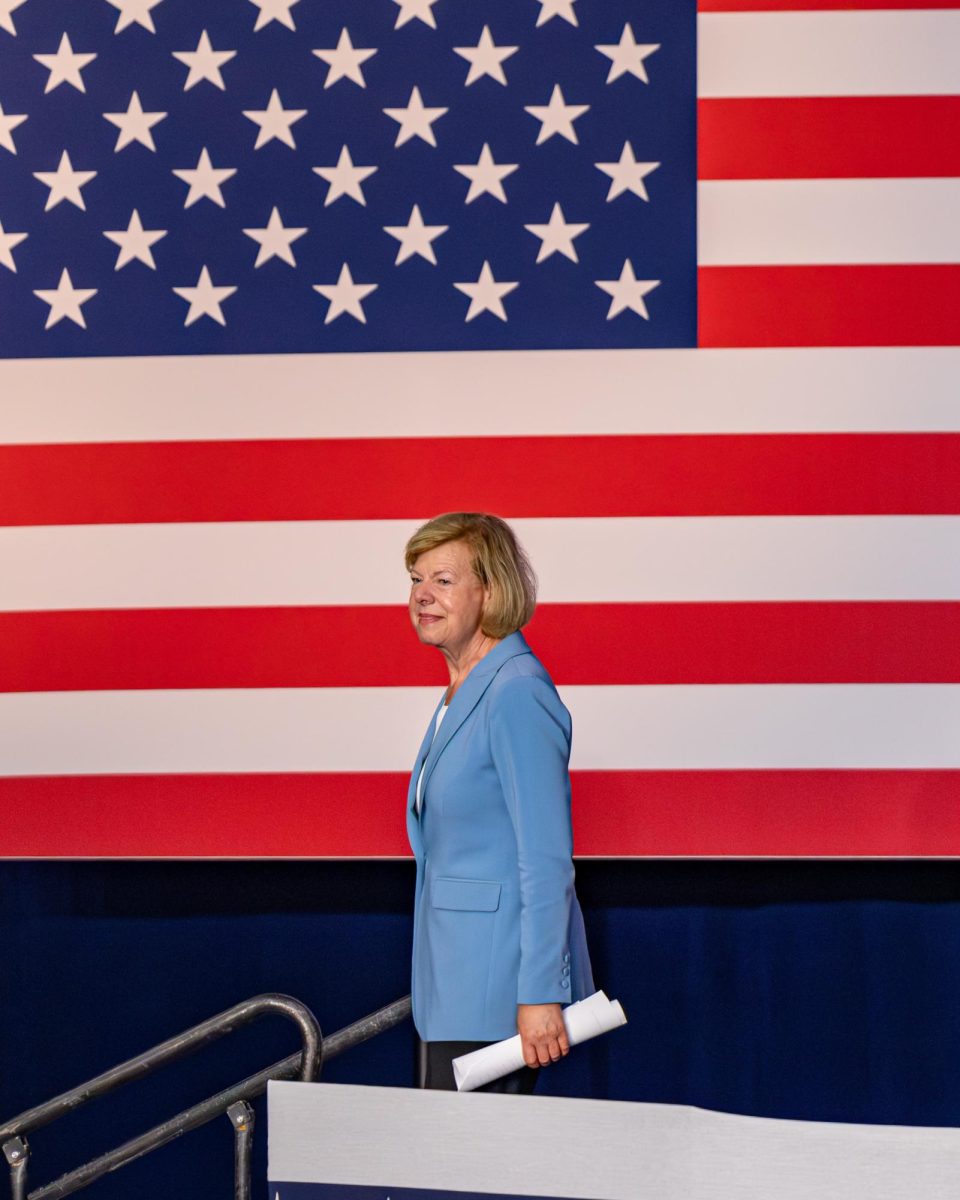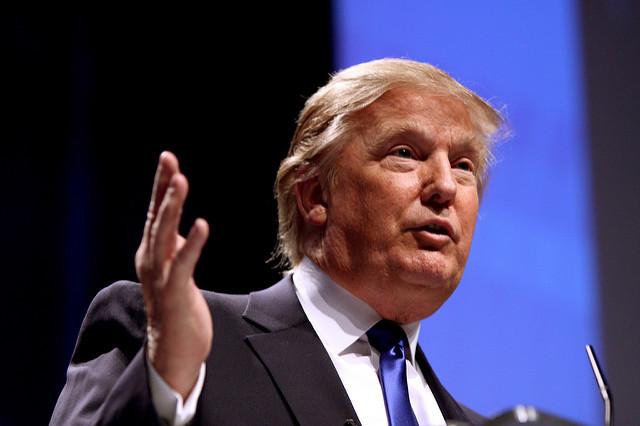At the University of Iowa it is no longer acceptable to be pretty in pink.
For decades now, the visiting football team's locker room at Kinnick Stadium sported pink walls, a tradition started by former head coach Hayden Fry. The tradition was extended during the latest $88 million remodeling to include pink urinals, sinks, showers, lockers and floors. A psychology major, Coach Fry believed that pink would have a pacifying effect on the opposing teams.
It seems to be having an opposite effect among some in Iowa City.
The debate sprang into national attention when Erin Buzuvis, an adjunct law professor, used her weblog to criticize the university and athletic department for their use of the color. Her 800-word post on Sept. 22 claimed, among other things, that "[t]he pink locker room is a subtle way of painting the words 'sissy,' 'girlie man' and 'f*gg*t' on the walls … What you're really saying is you're weak like a girl. That belittles every female athlete out there."
Several faculty and staff members, as well as some students, have agreed with her. According to the Iowa City Press-Citizen, Kim Marra, a professor in American studies theater arts, argued that "[t]here is no question that it sanctions the use of epithets like sissy and f*gg*t." The Associated Press quotes law school professor Jill Gaulding saying "I want the locker room gone … One solution to reducing stereotypes, especially negative ones, is to not have them around."
Fans showed their support of the locker room color by wearing pink on Homecoming weekend. Still others attended Iowa's NCAA certification hearing to voice their support.
University President David Skorton has issued a statement encouraging an open debate on the issue, while condemning the threats made against Ms. Buzuvis. The athletic program has largely stayed out of the fray, waiting instead for the final recommendation by the NCAA Certification Committee.
What it all boils down to, however, is a question of symbolic meaning.
Colors, like words and images, are symbolic. They are representations of more complex patterns of thought and emotion. Constantly changing, constantly in flux, they act as touchstones to a whole range of meaning.
For all symbols, it's all about context. A red tie on a political candidate means decidedly something different than a tight red dress on a woman or in the decorations for Christmas.
What is fascinating about the debate in Iowa is the level to which people have let the subjective meaning of pink control the argument so thoroughly. Like the widow wearing a red dress at her husband's funeral, the color pink is making a statement. What that statement is, however, is dependent on those who see it.
It is indisputable that pink has some "girlie" connotations, yet due to the nature of the very ambiguous role that color plays in our society, that connotation is hardly fixed. In fact, it could be argued that pink only represents weakness, as Ms. Buzuvis contends, if the viewer wants it to. In some instances, such as a man's pink polo shirt, pink represents the opposite. A pink shirt on Kanye West doesn't represent weakness; rather it represents his confidence and power. Again, it's all about context.
In the context of college football, however, there is little doubt that the color pink is meant to both calm opponents as well as intimate that they are as weak as little girls. But is this so bad?
Can anyone honestly say that little girls, or little boys for that matter, are not physically weak? Does the fact that it is "Innocence Pink" instead of powder blue make a difference?
Regardless of the answer to those questions, the debate makes clear how important issues of sexuality and gender remain to a large portion of the population.
Meaning gets made and remade with successive generations, depending on how much power that we relinquish to symbols. Words, colors and icons share the same mutability that any symbol does. They change not just over time, but also through the will of those who interpret them.
It is time we acknowledge that when symbols overshadow the discourse, we have lost our focus. In the same way that the argument over recitation of the Pledge of Allegiance trivializes the discourse surrounding religious freedom, the argument over the Hawkeyes' pink locker room gets in the way of fighting honest-to-goodness sexist and homophobic practices.
We have real battles to fight; we shouldn't spend our time on the cosmetic ones.
If Iowa decides to end the tradition of the pink locker room, I'm suggesting powder blue with little white lambs. Or perhaps they should paint a mural of advancing German tanks — it works against the French.
Charles Parsons ([email protected]) is a senior majoring in literature in English and editorial page editor of The Badger Herald.







